Maintaining the system that drought-proofs our region

20 June 2024
More than a century ago, visionary politicians recognised the need to drought-proof large parts of south-western New South Wales.
They wanted to grow more food and build prosperous communities, which would benefit the entire nation.
This led to the construction of Hume Dam in the upper reaches of the Murray River system. While the dam was not officially opened until 1936, the first controlled water flowed into the Murray in 1925.
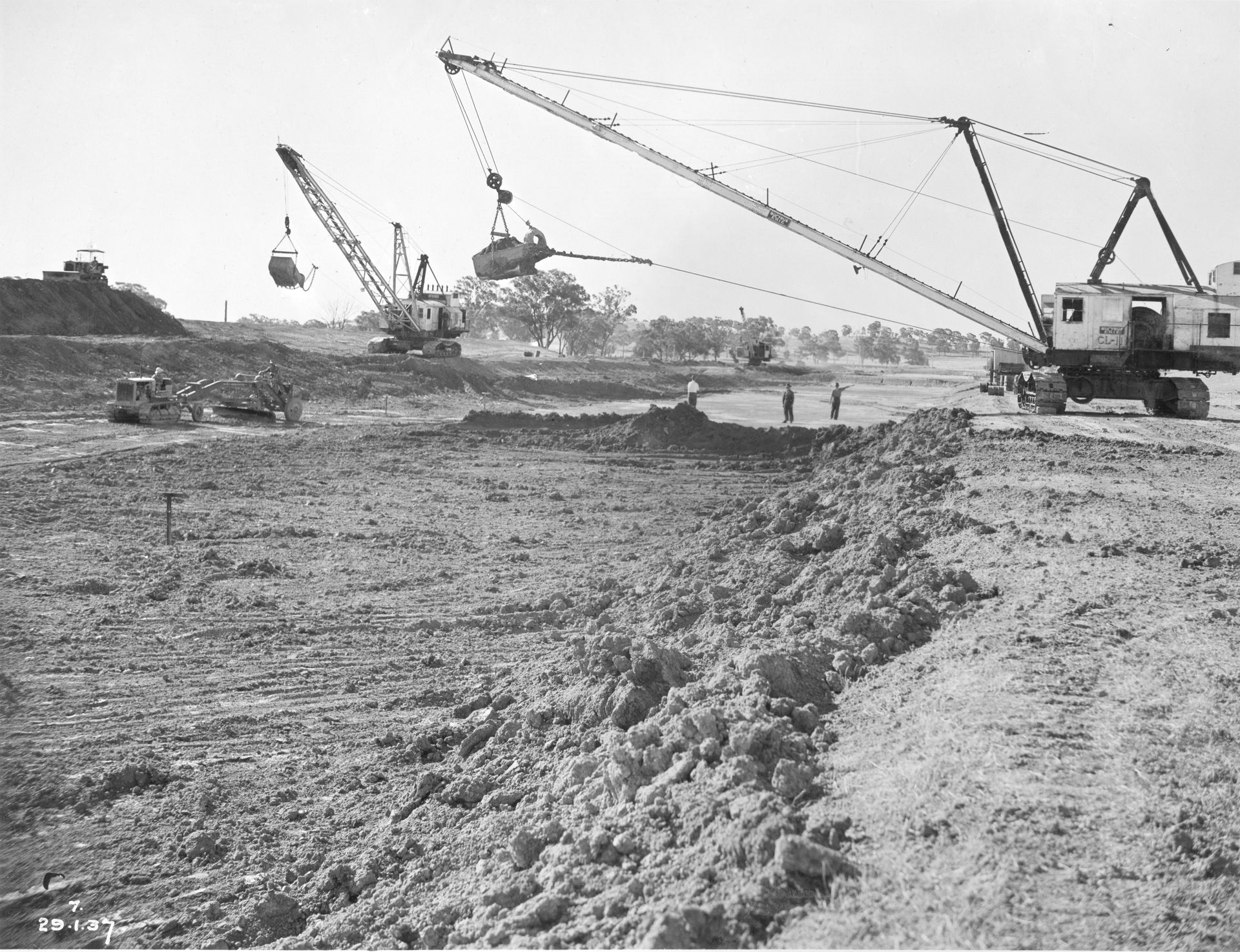
In the Wakool district, the ‘Wakool domestic and stock water supply and irrigation district’ was gazetted in the early 1930s and the first water was supplied to farmers through a new channel system in September 1935.
Earlier that same year (1935), construction started on the Yarrawonga Weir and Mulwala Canal, stretching 156kms to the west through Berrigan, Finley and Deniliquin. This was later extended to the west, in what became known as the Deniboota Irrigation District, following construction of the Lawson Syphons.
The result of this innovation was one of the best gravity-fed irrigation systems in the world; one of which not only the state and region, but the whole nation, could be proud.
Its construction stretched over many decades, from when the first sod was turned for the Hume Dam in 1919, to the official opening of Lawson Syphons by NSW Premier John Cahill on 27 April, 1955.
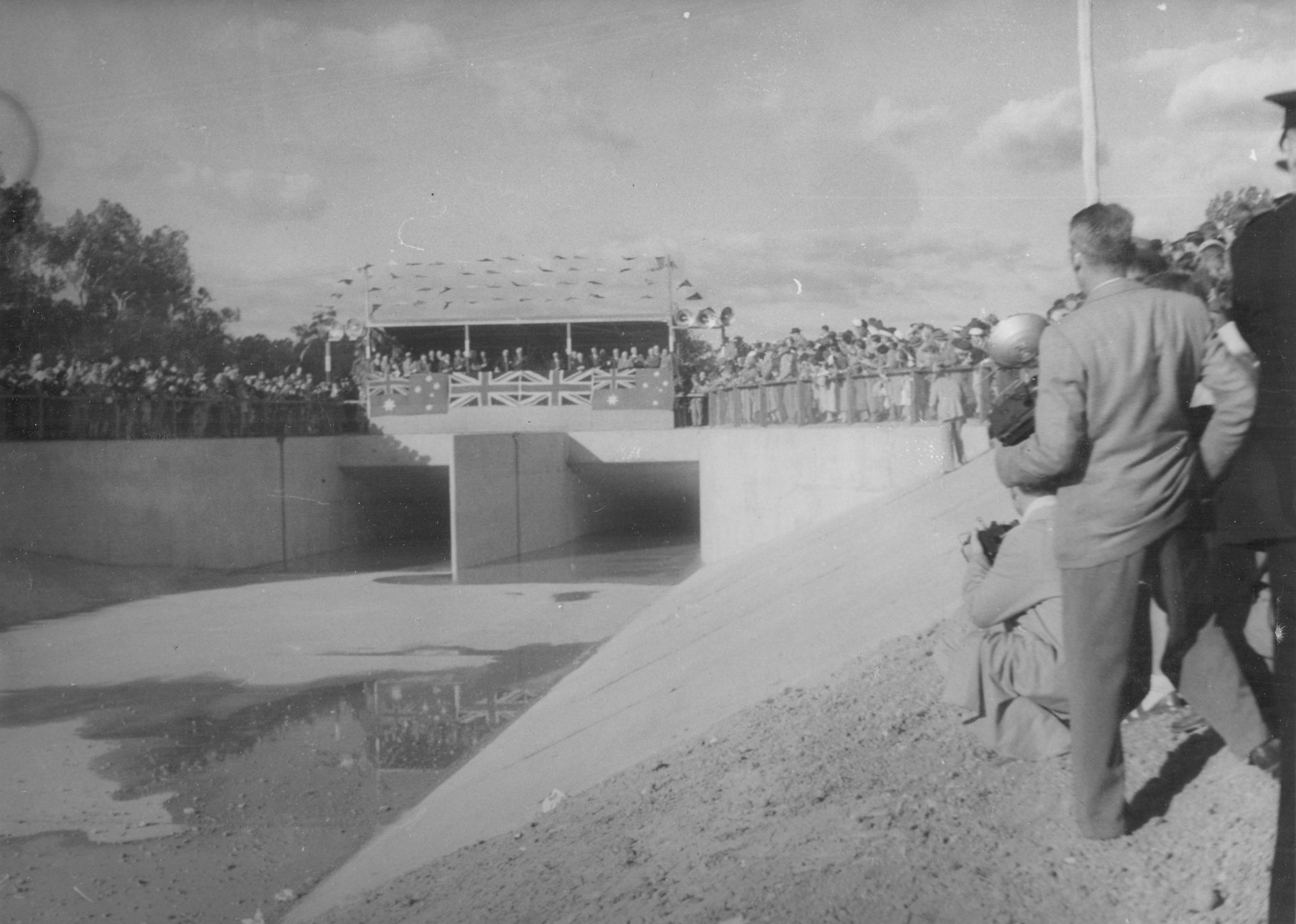
In between, the region suffered droughts and floods. However, thanks to government innovation, a dedicated workforce and resilient local communities, by the second half of the 20th century the dramatic impact of drought on the region had been significantly curtailed.
We now had an irrigation system that would store water for distribution when dry times hit, allowing farmers to continue growing food and fibre for domestic and international needs.
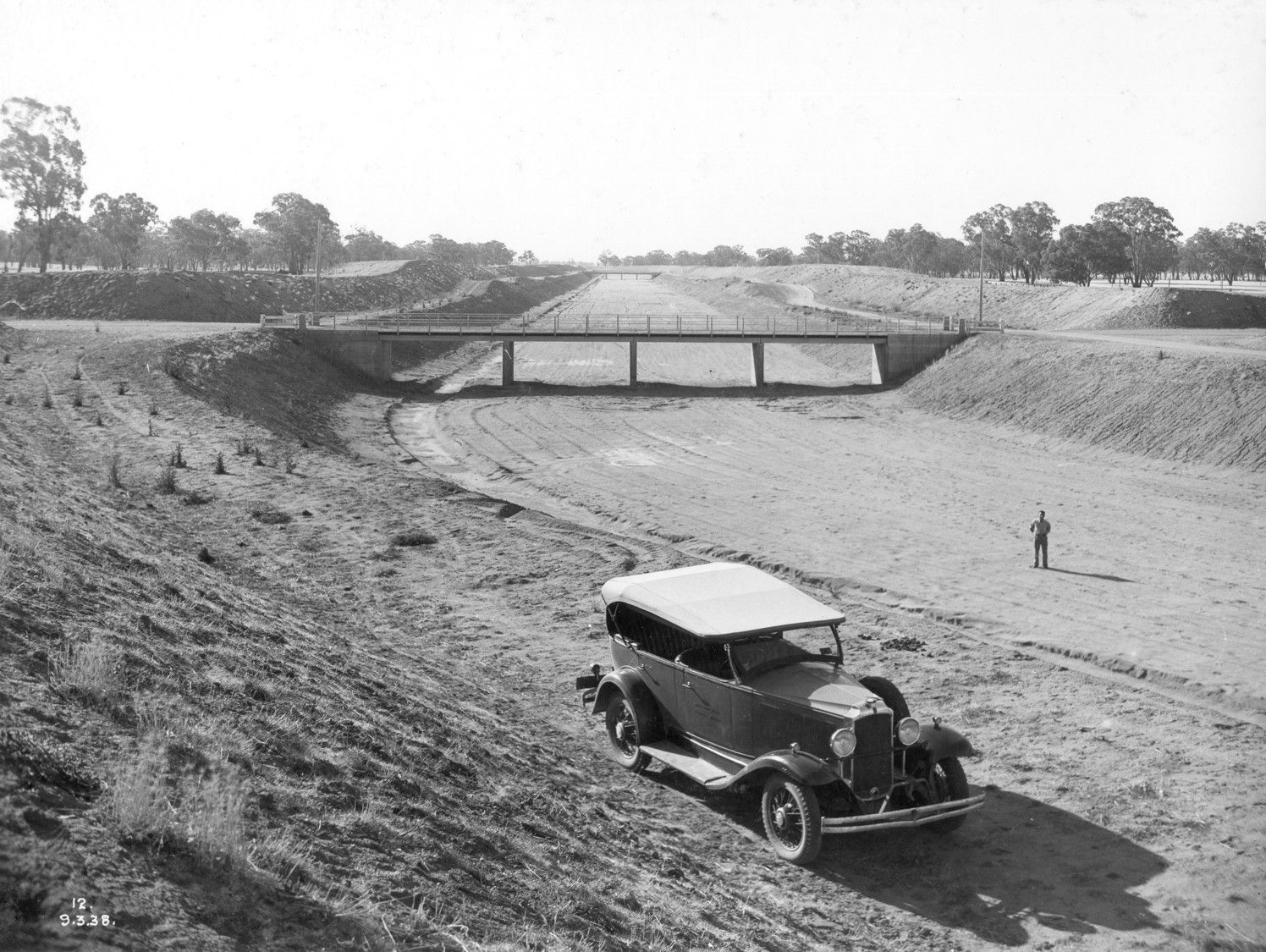
Fast-forward to the 21st century and the system is still regarded as world’s best practice, helping to provide the valuable irrigation water that grows food for Australian tables, as well as for export throughout the world including developing countries to help ease hunger in food-starved communities.
But like any infrastructure built 50 to 100 years ago, to continue operating efficiently it needs regular maintenance.
That’s where the team at Murray Irrigation Ltd (MIL) comes to the fore.
As demand for water decreases from May to August, the MIL Winter Works program ramps up, with staff and contractors on-site across the network carrying out the essential maintenance that is required to keep the system operating efficiently for decades to come.
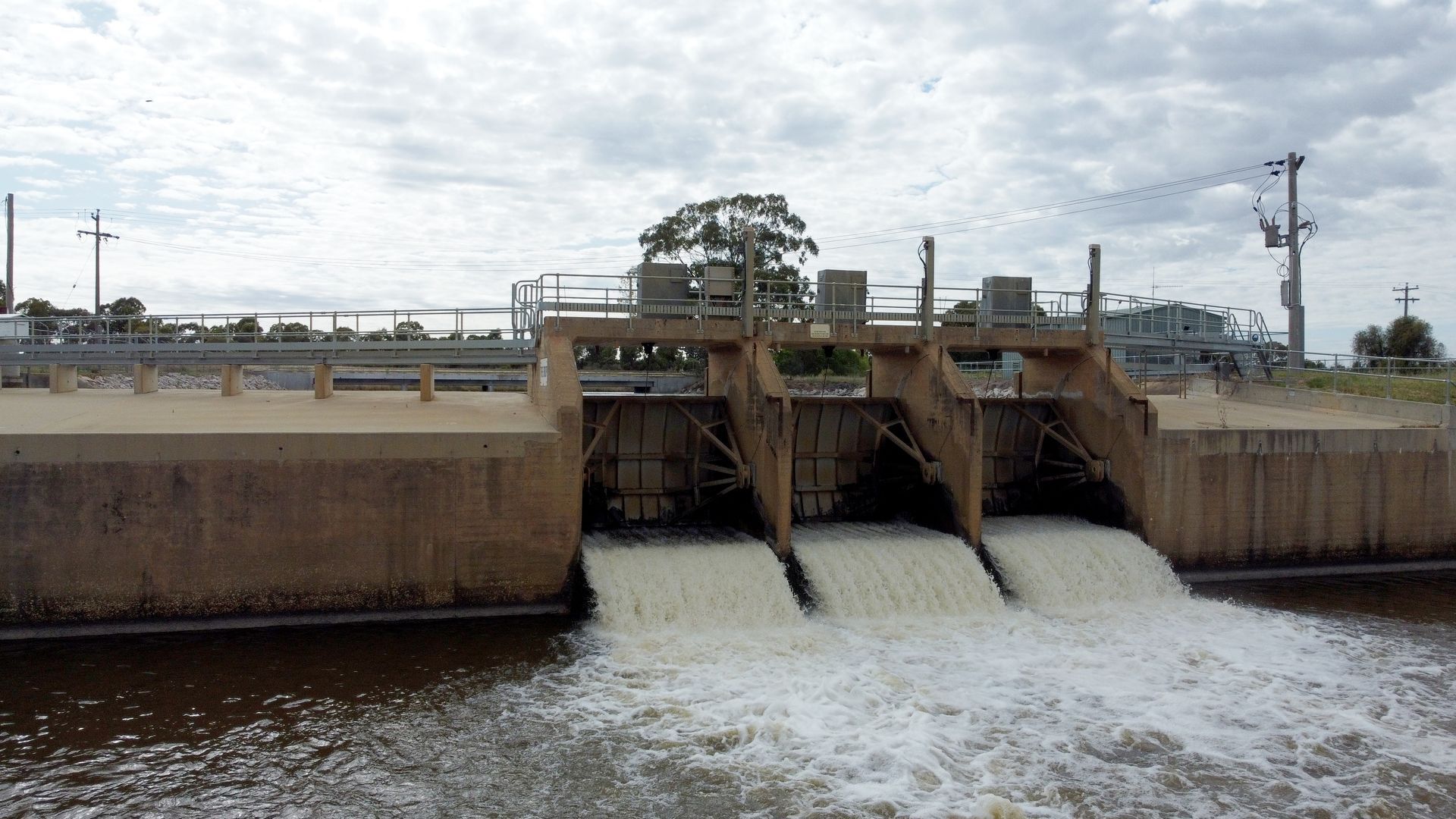
The works are critical to prolonging the operational life of the company's $1 billion worth of assets, and to ensuring its water delivery service is kept performing at its optimal best.
It’s a big undertaking each year. An estimated $8 million is being invested into this year's Winter Works program, with life extension works, infrastructure repairs, upgrades and asset inspections now underway across the vast irrigation network.
Work will include regulator and culvert remediation, erosion control works, channel desilting, upgrades to access bridges and roads, channel bank repairs and general maintenance activities that cannot be completed in-season.
The current rolling three year maintenance strategy has been in place since 2019 and local farmers and community are becoming aware of the Winter Works program and to take care around work-sites to ensure the safety of everyone involved.
MIL has operated and maintained the system since privatisation in 1995, with some of the staff who transferred to the company at that time still part of the team today.
Over the decades they have seen many changes, notably the transition from a manually operated system to a modern, automated system.
The technology has also helped improve the way water is delivered, with every drop measured to ensure maximum productivity is achieved from this precious resource.
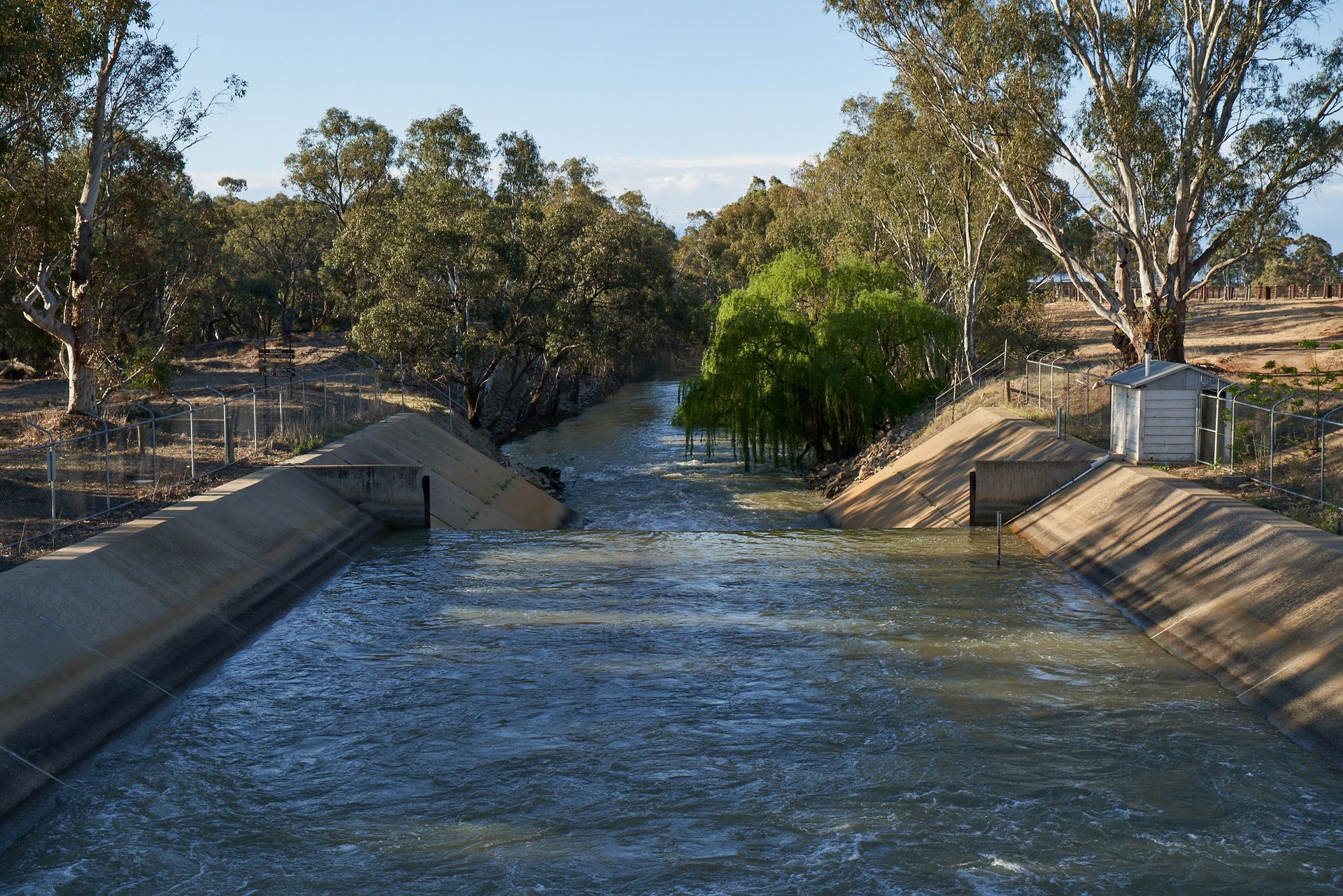
There have also been significant changes in the way repairs and maintenance are undertaken, with this work being as important today as it was when MIL was established.
In years past, there was a heavy reliance on manual labour to maintain the system, which was completely drained each year.
Today, with modern machinery, it’s a far cry from the times when two men would front up to a leaking channel in a F100 truck with a shovel, crowbar and the sand needed to block a leak. Now the work is carried out much quicker with an operator in the cab of a three-tonne excavator.
In years past, channel attendants would have six weeks off over winter, but before their break they would lift out the dethridge wheels and paint them with heated black tar, all helping to reduce rust and extend their lifespan.
This year the maintenance program is also taking advantage of a partial drawdown of Lake Mulwala, which is allowing Goulburn-Murray Water to carry out maintenance and inspection work on Yarrawonga Weir. Re-filling the lake is not expected to start until mid-July, with flows downstream reduced during this period.
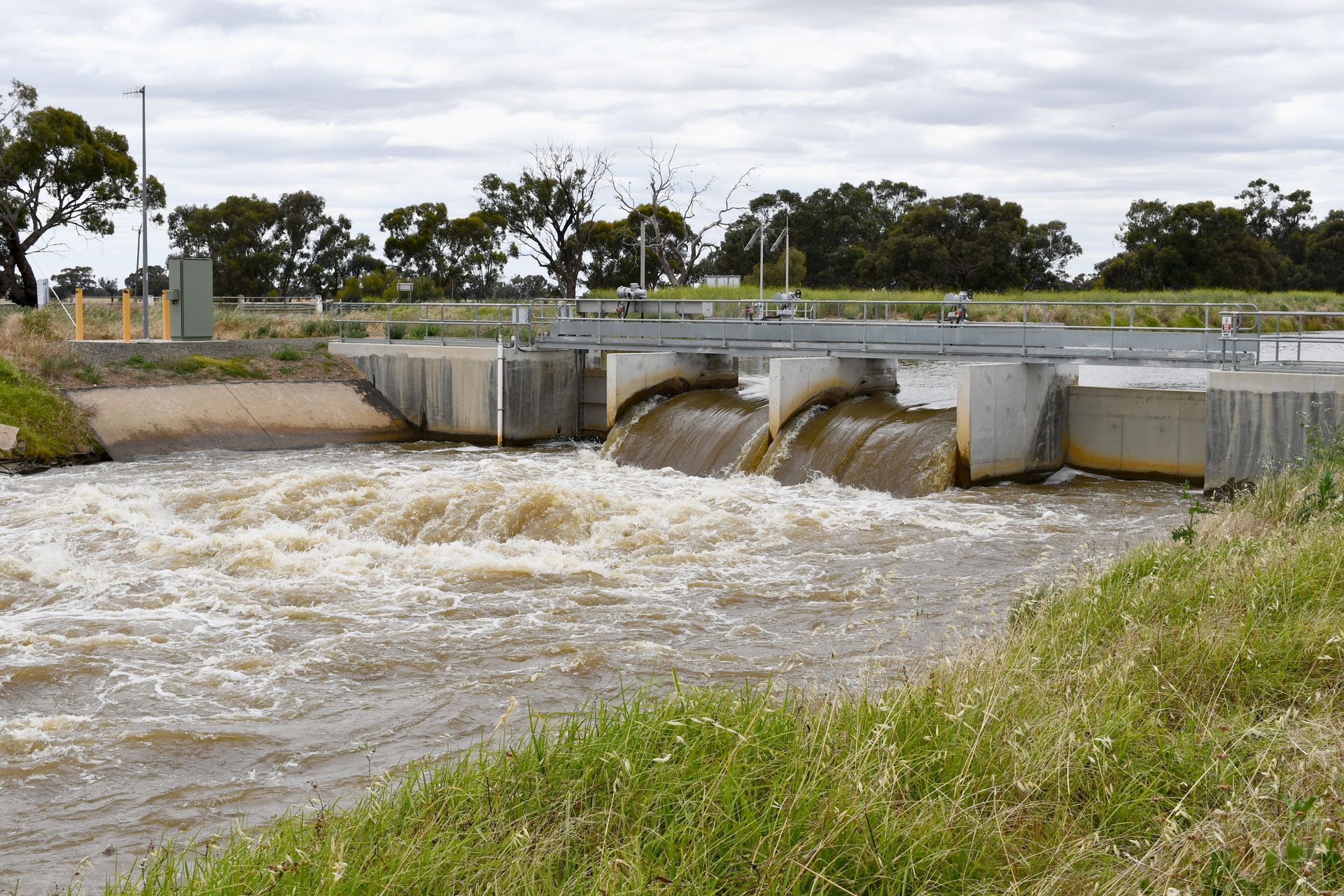
“Reducing water in the canal system gives us an opportunity to carry out essential works during the winter,” MIL’s Head of Water Delivery Jarryd Pearce said.
“It is a vital component of MIL’s ongoing responsibility to ensuring maintenance is regularly occurring, and as such the system is operating at maximum efficiency. It is an essential part of our goal to be recognised as world’s best practice in efficient water delivery.”
He also explained that a three-year program was introduced in 2019, with one third of the system drained each year over the three-year rotation period.
The aim is to provide better service to farmers and limit the impact the annual works has on their operations each year. It also promotes water savings, as only a third of the system needs to be re-filled each year.
“These savings contribute to the water that can be distributed back to customers through the company’s Resource Management Strategy,” Mr Pearce said.
“An $8 million annual program takes a lot of planning and a significant commitment from our staff and contractors.
“But it is all worth it, as it ensures the Murray Irrigation system will be delivering water efficiently not just in coming years, but for future generations.”
For a detailed history of the Murray Irrigation area, visit: www.murrayirrigation.com.au/our-history

